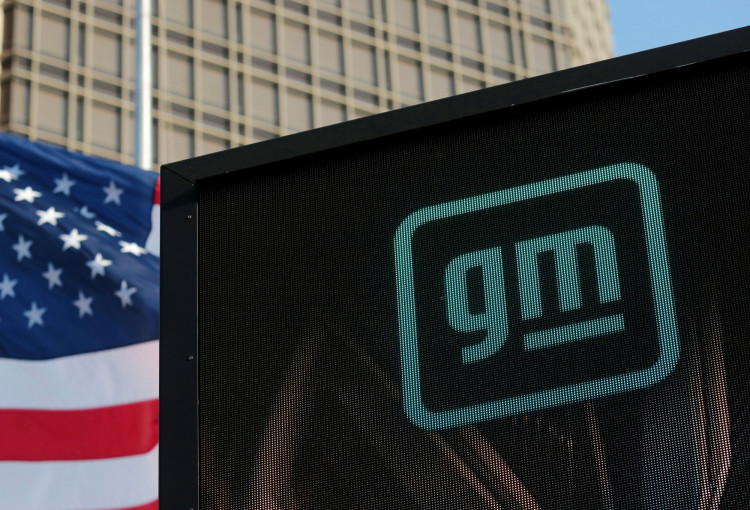General Motors is reassessing its 2025 financial outlook amid growing uncertainty over new auto tariffs imposed by President Donald Trump, despite posting stronger-than-expected first-quarter earnings.
The Detroit automaker reported adjusted earnings of $2.78 per share on $44.02 billion in revenue for the three months ended March 31, beating Wall Street estimates compiled by LSEG of $2.74 per share and $43.05 billion in revenue. Net income attributable to stockholders totaled $2.78 billion, compared with $2.98 billion a year earlier.
However, GM Chief Financial Officer Paul Jacobson warned during a media call that the company's prior full-year guidance could no longer be relied upon. "We believe the future impacts of tariffs could be significant, so we are reassessing our guidance and look forward to sharing more when we have greater clarity," Jacobson said.
The company's previous 2025 forecast, issued in January, had projected net income between $11.2 billion and $12.5 billion, adjusted earnings before interest and taxes of $13.7 billion to $15.7 billion, and adjusted automotive free cash flow of $11 billion to $13 billion. These estimates did not factor in the potential effects of tariffs.
Jacobson declined to detail the financial impact of the 25% tariffs on imported vehicles that took effect April 3, or how much they have cost GM to date. GM has suspended any additional stock buybacks beyond a previously announced $2 billion accelerated program, citing the need for greater economic and regulatory clarity.
Trump's administration is reportedly moving to soften the effect of the tariffs, including a plan to reimburse automakers for some duties on imported parts for a limited time. The Wall Street Journal reported that manufacturers could recover tariffs equal to up to 3.75% of a vehicle's value in the first year, dropping to 2.5% the following year before being phased out.
Jacobson said GM believes it can offset between 30% and 50% of the tariff-related costs in North America but stressed the outlook remains fluid. "The prior guidance can't be relied upon, and we'll come back to the market with clarity as soon as we have it," he added.
In response to tariff pressures and broader industry volatility, GM has made adjustments to its production strategy. Recent moves include increasing pickup truck production at its Indiana plant, canceling scheduled downtime in Missouri, and suspending production of large electric vehicle delivery vans in Canada.
While profit margins shrank compared to a year ago, Jacobson described the first-quarter results as "very strong," noting that the company faced a $300 million headwind from foreign exchange impacts and an additional $400 million in labor, warranty, and depreciation costs.
GM said it remains committed to its previously announced $35 billion investment plan for electric and autonomous vehicles through 2025, although it acknowledged that future capital expenditures would be reviewed depending on how the tariff situation evolves.
Research from the Center for Automotive Research warns that if tariffs on auto parts are fully passed through to consumers, the average price of a new vehicle could rise by $455 to $6,875, further straining demand in an already weakening market.






